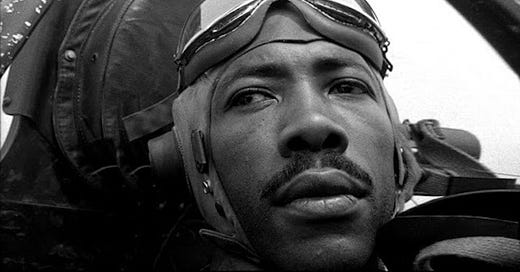‘Strange Victory’ Is an Essential, Sobering Work of American Anti-fascist Art

Leo Hurwitz’s Strange Victory is among the masterpieces of American anti-fascist cinema, a genre that may not actually exist. This is, in part, because of the conventional wisdom that America has never had a significant number of fascists. Pay no attention to the hooded white supremacists in the corner, both of our political history and our cinematic ca…
Keep reading with a 7-day free trial
Subscribe to Nonfics to keep reading this post and get 7 days of free access to the full post archives.



